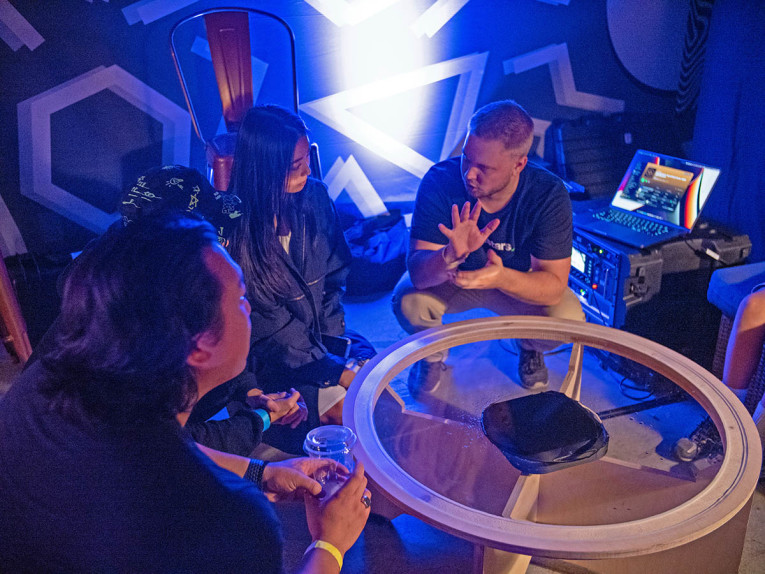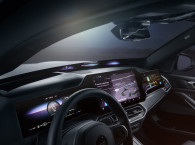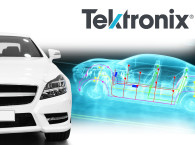
As new technologies emerge, they have historically and primarily been available to the wealthy. With the release of their iDrive technology in 2002, BMW changed the infotainment game with a touch screen and dial control, making this a standout feature for luxury vehicles. Fast forward several years and you can find touch screen displays in nearly every new vehicle on the market – regardless of price point.
But the momentum behind this innovation is only just beginning. Tesla, Panasonic, Toyota, Ferrari, Faurecia – they are all working with various audio capabilities, all determined to make their product stand out amongst the rest. The problem is – they’re only focusing on one side of the coin, and with this narrow vision, the future of autonomous vehicles and infotainment will remain one-dimensional and fail to reach its full potential.
The question remains, how can hearing and feeling be combined and equalized so that these senses morph into one holistic experience? Panasonic’s new EV speaker design delivers clean sound directly to passenger ears in order to reduce audio fatigue while ensuring an equitable audio experience; Ferrari is attempting to recreate engine noises in its future electric vehicles, and Faurecia is reinventing their seating concept in an effort to drive modulation and sustainability – the result being a slight tactile sensation, but these leave something to be desired for a more expansive and accessible vision for immersive infotainment.
The market is hyper-focused on the stimulus of hearing, augmenting with basic haptics, as opposed to optimizing the experience in a way that stimulates multiple senses on a deeper level. In doing so, this technology only augments an existing feature. Speakers are already succeeding in providing a high-quality, multi-dimensional sound experience, the only additive here being they are invisible.
What if experts were able to combine full-range tactility with the audio experience, ensuring that the cleanliness and fidelity is present and transcends into what you hear? It’s time to think on a larger scale of possibility. If the operator doesn’t have full control over the experience that any person can have in the vehicle, then there’s no unique advantage for any car.
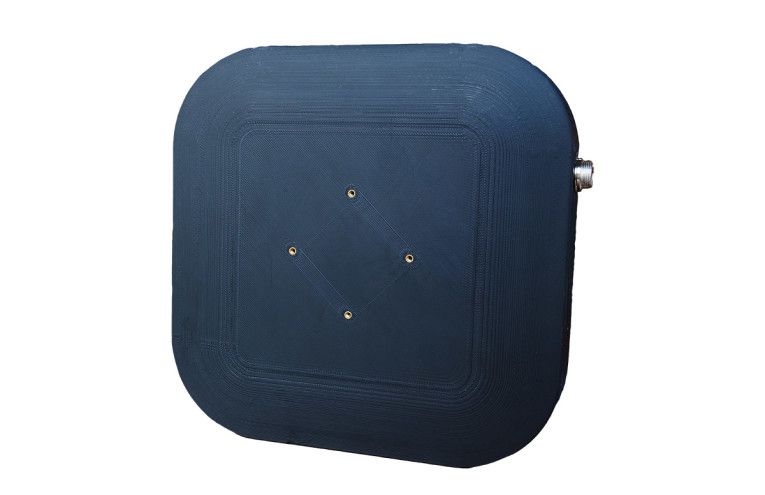
Audio is already a stand out differentiator for auto companies – it’s a huge selling point and thus they want to continue to leverage it this way. A brand’s signature audio experience is part of their identity, yet it still places limitations on what they can do, so the line that separates any one brand from another is very, very thin. This is partially due to the fact that speaker technology has plateaued. The products themselves are getting smaller, more compact, and occasionally offering better integrations and mobility, but the audio quality is not noticeably improving.
So what could it look like if the industry takes the next step towards automotive innovation? There needs to be acknowledgement that advanced technology as it pertains to infotainment and autonomous vehicles is no longer just a pipe dream. This is very much a generation of seeking immersive experiences that can benefit large audiences. Beyond looking at cars simply as vehicles that transport any individual or group from point A to point B, there are unlimited possibilities as to what can be done within that space – gaming, resting, meditating, or even entertaining.
Infotainment should provide unique individual experiences for every single passenger, allowing each individual to manipulate their own preferences and intensities without interfering with the others. If a car is self-driving, technology has the capacity to transport the operator and any passengers outside of their existing world into any sort of mixed reality or metaverse – whether that be an adventure-filled experience or a guided meditation.
Imagine a world in which long road trips are made productive or manageable by converting the inside of a car to a sleep-inducing environment, leveraging audio features to do so in conjunction with vibrations and light. These possibilities are shifting the industry to allow the individual to be able to become one with the car and its environment, integrating multiple senses to immerse themselves with the space.
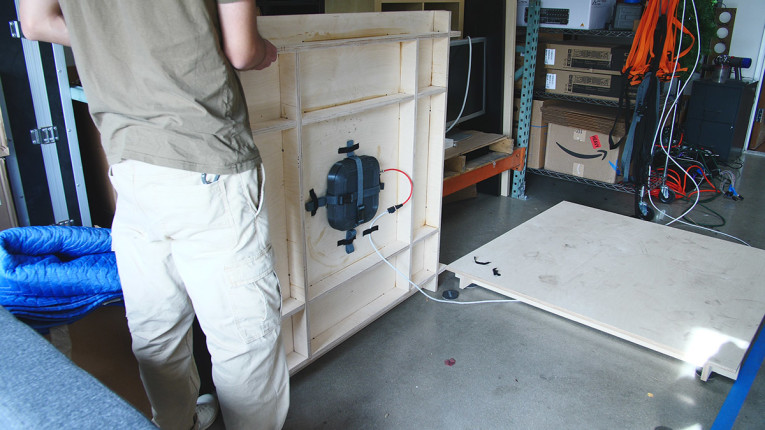
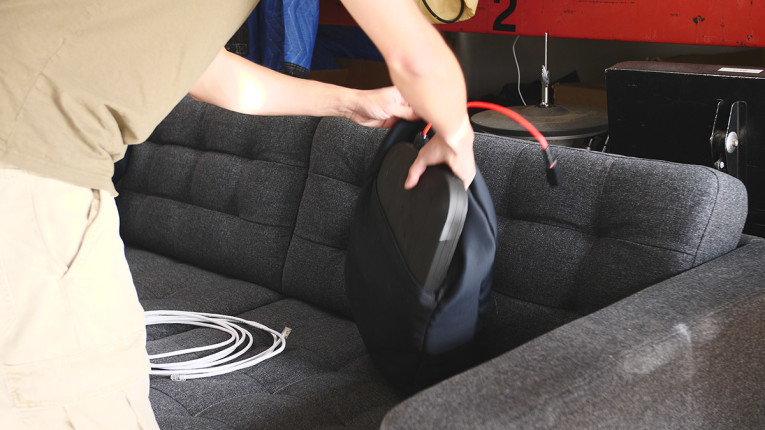
Auto engineers and industry experts are facing a lack of industry standards and various boundaries of red tape in these efforts. But despite working against certain limitations, the lens still must widen to encapsulate a greater breadth of possibilities when it comes to the future of infotainment and autonomous vehicles. These technologies will be seen as gimmicky until there’s a practical application, or ways in which they can benefit a broad audience. Once that happens – this will open the door for every auto company to identify their branded touch points and expertise, creating a whole new world of possibilities for the consumer.
EDGE Sound Research is a company pioneering "embodied audio," a new form of sound reproduction that combines both auditory and physical sensations of sound in an optimized and singular embodiment - bringing realism to sound. The technology is based on co-founder Ethan Castro’s experiences and research as a hard-of-hearing audio engineer and Ph.D. candidate in digital composition. The team's ResonX technology is currently being deployed through partnerships and collaborations with professional sports stadiums and concert venues. They are also pursuing partnerships with autonomous auto companies to explore how the future of infotainment could include embedded tech to creates an immersive sound experience.
